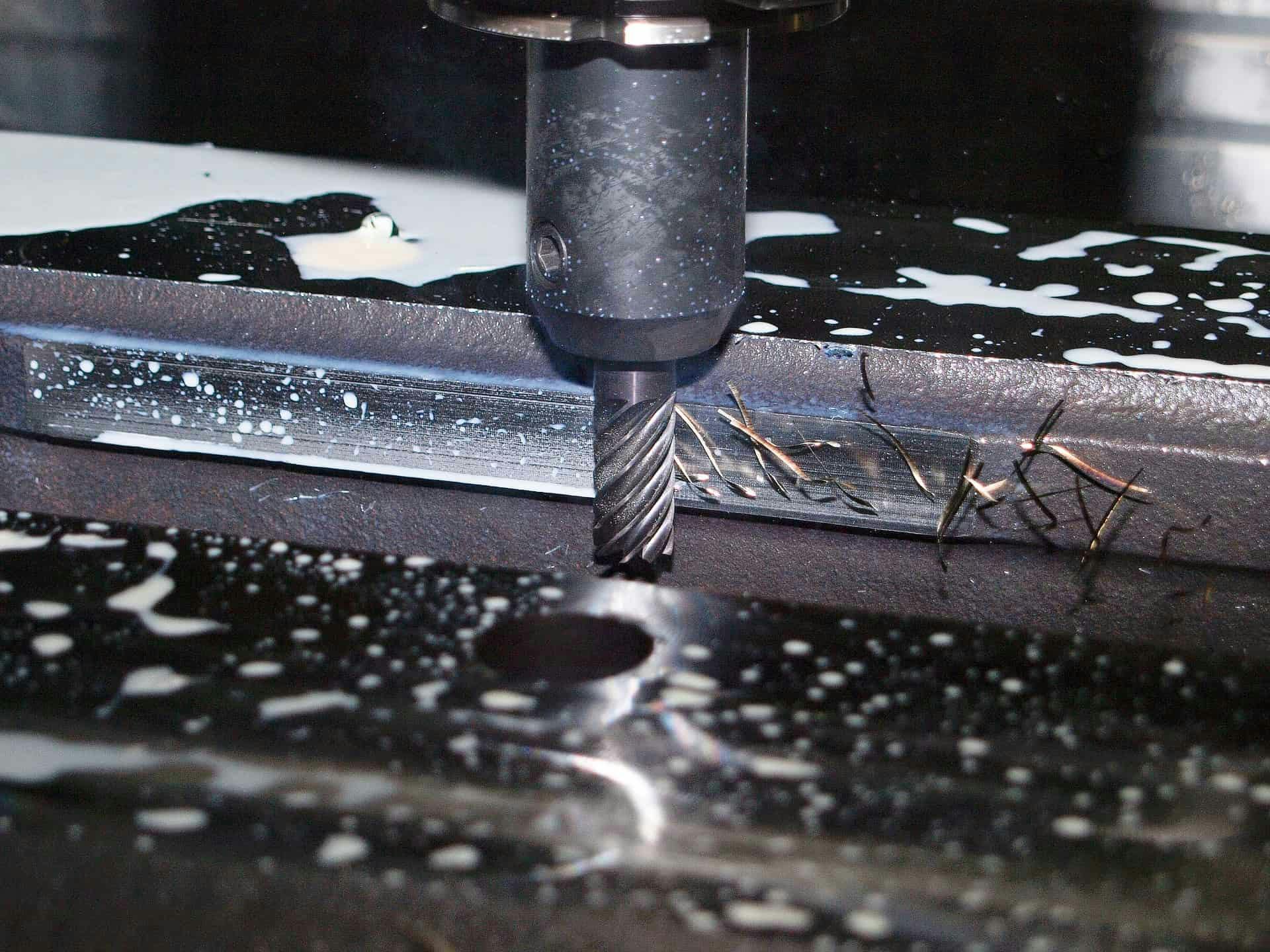By Ross Starkey
Why Is Tolerance Important?
Without tolerance parts wouldn’t fit together, dimensions would vary from one manufacturer to another, and with so much inconsistency, engineered products and even entire buildings wouldn’t function as designed. Any engineer or designer passing on the responsibility for tolerance parameters does so at great risk to the success or suitability of the end product (and their reputation). Everyone knows that tolerance is ultimately one of the most important factors in the journey from drawing board to the finished product.
But to what degree is tolerance important? Because there are many types used in varying environments and different materials.
For instance building a gateway over a road at Salford University, that incorporates a fully clad wall isn’t the same as building a bridge, as Simon Atkinson, BAM’s (steelwork) project manager, explains, “Bridges are designed to be flexible, [but] when you put glazing on a bridge it becomes problematic. There is a much lower level of permissible deflection.”
“Bridges are designed to be flexible, [but] when you put glazing on a bridge it becomes problematic. There is a much lower level of permissible deflection.”
Factors Affecting Tolerance Measurement
Tolerance needs to be understood in terms of thickness, straightness, twist and the mass of a component part. Then there is the tolerance that recognises the effects of temperature and humidity on a product. For most designers there are three key considerations to address:
Additional coatings – Machined parts can also have powder coating, anodising, polishing, electroplating, galvanising and heat treating processes, all of which add micro layers, increasing exterior measurements.
Thermal expansion – When a material has a tendency to change its volume in response to temperature alterations, typical in soft metals and composite material.
Welding process – High temperatures are involved in welding which can have an effect on the material. What’s more, welding isn’t as precise as CNC machine services, so tolerances cannot be measured to the same precise margins.
Having the capability to produce parts to tight tolerances and even to extreme precision tolerances on CNC Machines like those available with Geomiq can become unilaterally important. Especially when designers and engineers impart both necessary and unnecessary narrow tolerances or when other factors affecting them are in play.
CNC Services Achieving Precision Tolerance
In practice, manufacturing tolerances using cutting, milling and drilling tools on a CNC Machine can be affected by a number of small considerations. The main consideration for a manufacturer is overcoming tool deflection, by which we mean the sharpness of the machine tooling and how it can affect the material’s edge geometry. Which is the very point at which the component part is going to be measured for tolerance adherence. Ensuring they are accurate through testing and dummy runs is generally good practice.
It helps if the tolerance the manufacturer applies to their product has little margin for error. At Geomiq standard tolerance is +/-0.127mm, but precision tolerance comes in at +/-0.051mm for all CNC services and it is possible to achieve true precision at +/-0.005mm.
Perhaps the most important characteristic for a CNC machine is the capability of it to return the same measurement again and again. Ensuring a CNC Milling tool is highly accurate should be its primary focus. For milling a piece of metal which needs to be 250mm long with radiused grooves at 25.7mm intervals then the tooling on the CNC machine needs to cut the piece exactly. If it really is accurate then it will be closer to 25.7mm every time, without any errors.
For parts that don’t need to be milled then CNC Turning can be used to produce tubes, pipes or anything cylindrical in shape. The accuracy of a turning often means parts have to marry up to or match with or slide into other components. The lathe it is made on and the tooling used needs to be precise, often achieving precision tolerance as a minimum for it to suit purpose.
When Tolerance Goes Wrong
Ambiguity though, is never good. Leaving out tolerances means no-one else further down the supply chain will understand its importance (or non-importance). Get it wrong and it can cause a chain reaction all the way to the end user culminating in what can only be described as one of the four worst scenarios a supplier can experience:
- Faulty products
- Remanufacturing costs
- Delays to customer
- Reputation damage
- Redemption costs applied
Tolerances allow measurements to be accurate when it comes to Quality Control. When multiple materials come together to produce component parts, tolerance, measurement and specification all play their part in determining conformance.

Tolerances allow measurements to be accurate when it comes to Quality Control. When multiple materials come together to produce component parts, tolerance, measurement and specification all play their part in determining conformance.
Tolerances allow measurements to be accurate when it comes to Quality Control. When multiple materials come together to produce component parts, tolerance, measurement and specification all play their part in determining conformance.
- The true value of the part is within specification limits and the measured result is also within conformance limits. This is a true negative as the test for non-conformance would result in a negative (Conforming).
- The true value of a part isoutside specification limitsbut the measurement iswithin conformance limits. This result is a false negative (Conforming/Non-conforming).
- The true value of a part isoutside specification limitsand the measurement result is alsooutside conformance limits. This is a true positive (Non-conforming)
- The true value of the part is within specification limits but the measurement is outside conformance limits. This is a false positive (Non-conforming).
When manufacturing tolerances are missed it makes conformance of product almost impossible to achieve.
When manufacturing tolerances are missed it makes conformance of product almost impossible to achieve.

Tolerance as an Innovative Design Feature
For the built environment, prefabricated or modular building has become an increasingly popular way of minimising construction costs for new builds in both residential and urban planning. Tolerance is the one consistent feature of modular construction when multiple different parts coming from different sources all arrive together on site to become a whole.
One award winning design was the 43-storey Atira Student Living tower, built in central Melbourne for RMIT University. Because of its unique design, it is one of the tallest modular buildings in the world. Its Chief Engineer Shan Khan was clear about where the foundation for its success was, “Tolerance was a key consideration of the building and it was the most innovative feature”.
Accuracy, precision and tolerance used in machine processes like CNC turning, drilling, milling and cutting allow projects to be manufactured as planned and designed. Get it right and projects flow smoothly and without costly delays. Get it wrong and it can have an unfortunate consequence on reputation and the bottom line. Tolerance is a guiding principle that makes so many stakeholders in a project reach a goal, it even makes complicated building projects possible.